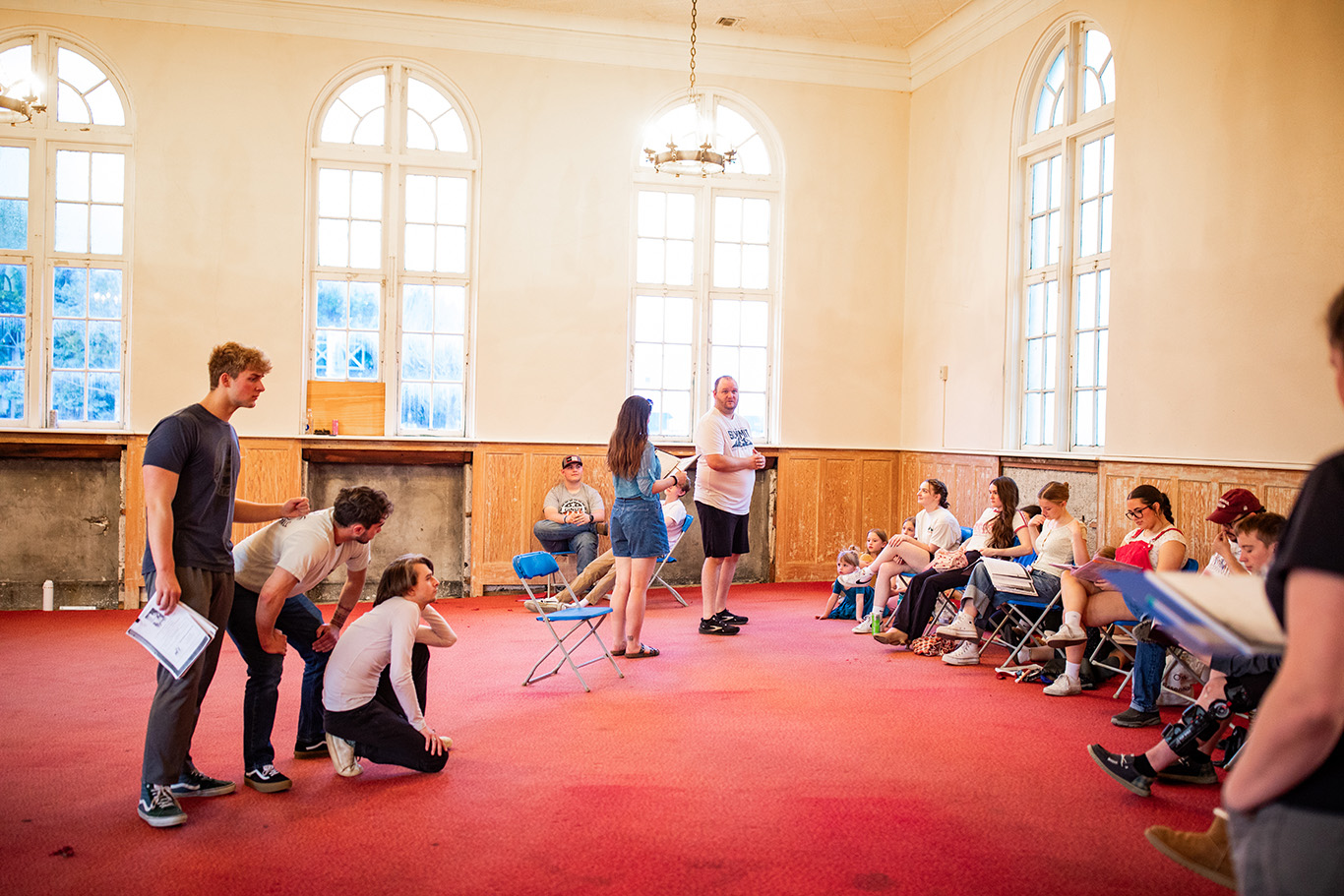Wallowa dam project faces public criticism
Published 9:15 am Sunday, February 15, 2004
JOSEPH – The replacement of the Wallowa Lake Dam has become a contentious issue in Wallowa County in recent days.
The private Associated Ditch Company, which built the dam for irrigation purposes in 1919 and continues to own and operate the dam today, is proposing to replace the dam with a $38 million project that also would address fisheries concerns from state, federal and tribal agencies.
While it’s estimated that the minimum to replace the aging dam would be about $6 million, an effort to enlist partners expanded the scope of the project to its current $38 million price tag.
That project seemed to be receiving widespread county support, including an endorsement from the Wallowa County Board of Commissioners, and last year the U.S. Senate authorized the appropriation of $32 million, or 80 percent of the total project, in a bill introduced by U.S. Sen. Gordon Smith and U.S. Sen. Ron Wyden.
However, the project failed to get the necessary appropriations from the U.S. House of Representatives, and in the last couple of months citizens have questioned strongly both the size of the project and the strings that would come with federal funding.
“Wallowa Lake Dam, in my opinion, is the most important piece of infrastructure in Wallowa County,” county board chair Mike Hayward told a membership meeting of the Wallowa County Chamber of Commerce last week at the Mountain Air Cafe in Joseph.
He said the fact that the dam directly irrigates 16,000 acres of farmland is the least of its value. It’s also important for flood control, the creation of wetlands habitat, water for the city of Joseph, distribution of runoff water for fish and recreation opportunities, Hayward said.
In 1996 the Wallowa Lake Dam was declared a high hazard dam by the Oregon Water Resources Department of Dam Safety, not because it was in imminent danger of failure, but because of the fact if it did fail, people’s lives would be at risk.
At that time the dam received what Hayward termed “a Band-Aid fix” with steel re-enforcement of dam tunnels and grouting of deteriorating concrete, a repair which was at that time expected to last two to three years before major rehabilitation of the dam would be done.
At that time, estimates to “fix” the dam were from $1 million to $2.5 million, figures Hayward said are unrealistic. He estimates the bare minimum to rebuild the dam without all the extra projects would be about $6 million.
In 1999, the ditch company proposed an unpopular idea of selling about 17 acres it owned at the foot of the lake, traditionally used by the public for boating and swimming as a county park, to help finance dam repair.
And then in 2000 the ditch company called a meeting attended by multiple agencies involved in water management, fish habitat and salmon recovery. An integrated Wallowa Lake Dam Rehabilitation and Water Management Program was developed and released in 2001, with Sen. Smith introducing the first bill in September of that year.
In recent weeks an organization calling itself Wallowa Valley Agricultural Water Users Association has called into question the entire project and the motive behind it, saying “it has all the earmarks of a fraud being perpetrated on U.S. taxpayers and a deception on our local community.”
“The ADC is made up of a bunch of farmers who have been raked over the coals for this,” Mike Hayward said.
He felt instead they should be commended for “looking at today’s world realistically and their ability to replace the dam, and deciding to work with other entities; they tried to be collaborative.”
Hayward pointed out that even if the ditch company is able to fund dam rehabilitation without federal money, there still would be many “strings” in the form of required environmental impact statements and other regulations.
“They can’t just put a chunk of concrete down in the middle of the night,” Hayward said.
Hayward said that due to the present economic and political climate, including the emergence of local opposition, it might be time hold public meetings and take another look at the entire project. He said, however, that that would still be up to the ditch company.
“Maybe there is another way to build the dam,” Hayward said. He expects that eventually the citizens of Wallowa County are going to have to step up with money, because having no Wallowa Lake dam is not an option.
“It’s not an irrigation thing, it’s much more important than that,” he said.





